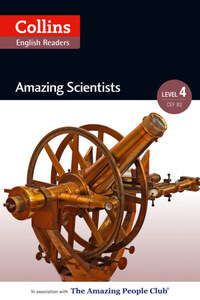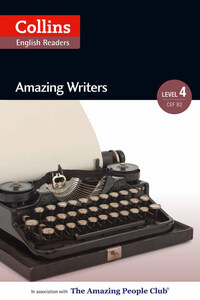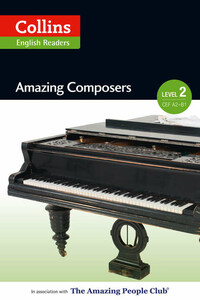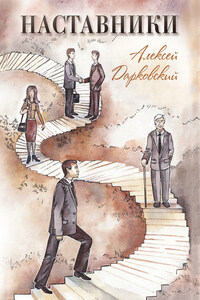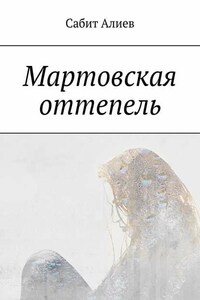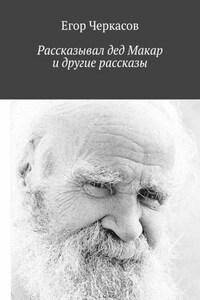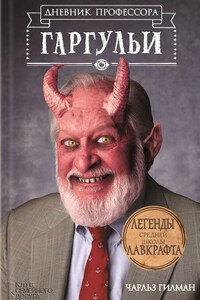Amazing Architects & Artists: A2-B1
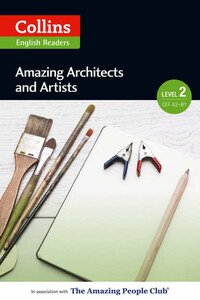
The inspiring stories of 5 people who changed history.Contents:Leonardo da Vinci who painted the Mona LisaChristopher Wren who rebuilt LondonAntoni Gaudí who built the Sagrada Familia in BarcelonaPablo Picasso, the famous Spanish painterFrida Kahlo, the famous Mexican female artistBRITISH ENGLISHWord count: 10,172Headword count: 941PLUS: visit www.collinselt.com/readers for videos, teacher resources and self-study materials.This book is Level 2 in the Collins ELT Readers series.Level 2 is equivalent to CEF level A2-B1.About the Amazing People series:A unique opportunity for learners of English to read about the exceptional lives and incredible abilities of some of the most insightful people the world has seen.Each book contains six short stories, told by the characters themselves, as if in their own words. The stories explain the most significant parts of each character’s life, giving an insight into how they came to be such an important historic figure.After each story, a timeline presents the most major events in their life in a clear and succinct fashion. The timeline is ideal for checking comprehension or as a basis for project work or further research.Created in association with The Amazing People Club.About Collins ELT Readers:Collins ELT Readers are divided into four levels:Level 1 - elementary (A2)Level 2 - pre-intermediate (A2-B1)Level 3 - intermediate (B1)Level 4 - upper intermediate (B2)Each level is carefully graded to ensure that the learner both enjoys and benefits from their reading experience.
